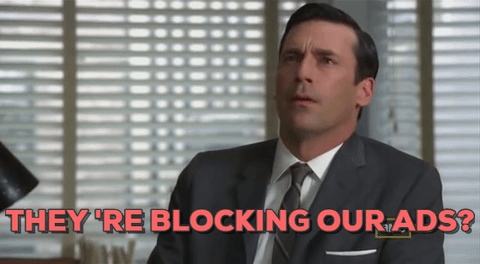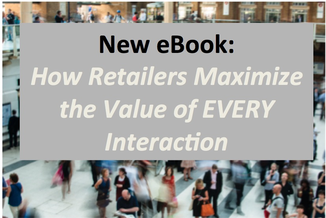Marketing technology providers talk a big game about integration but few live up to the hype. More often than not, the addition of a new marketing technology to an existing program creates a new silo – a repository of data that does not flow freely within an organization but remains stagnant within a single piece of technology. But, much like kindergarteners, marketing technologies need to be taught to play well together and to share.
Consumers are adopting disruptive technology at an accelerating rate and this is changing their behavior. Energy companies, historically slow in responding to changes in consumer behavior, reluctant to invest in consumer analytics systems, and unprepared to take advantage of their own customer data, are at a disadvantage. Energy companies must review their marketing strategies and develop their digital assets in anticipation of a changing competitive landscape and evolving customer expectations.
Overview
This three-part series explores various attempts to exploit interactive marketing techniques, defines interactive marketing, and investigates how this new marketing technique recognizes the customer’s role in the customer-company relationship. Part 1 can be found here.
According to Forrester, 53% of companies chose mobile marketing as their top digital marketing priority. This attention to mobile marketing is driven by the need to reach customers where, when, and how they most prefer.
Because marketing automation helps companies run complex campaigns with fewer resources, the software is growing in popularity. According to MarTech, a marketing technology forum, more than 50% of companies currently use marketing automation. 70% of companies, they say, plan to institute it in the next 12 months.
There are many different strategies for measuring the value of your customers both individually and collectively. While collective measurements like Average Revenue Per Customer (ARPC) can offer you a holistic view of your entire customer base, it can often be misleading. ARPC can become significantly skewed by the presence of a few big-spenders.
A war is being waged against pop-up ads. According to Tech Crunch, a single type of ad blocking software, AdBlock Plus, has already been downloaded almost a billion times.
The best marketing plans are a combination of data, customer insight, lessons from the past and educated guesses about the future. But what if, instead of planning, we could enjoy the benefits of a preseason like NFL teams? So I raised the hypothetical with our CEO Mike Caccavale, who like most of the crew in our Boston office, is a big Patriots fan. Here are some of his ideas.
We talk about proactive and reactive behavior in many areas of life – driving, parenting, relationships (guys, buy the flowers before she asks). And as marketers, we see – and dish out – a lot of both. And to some degree, that will always be the case. But there are some areas for improvement in how we handle the balance.










